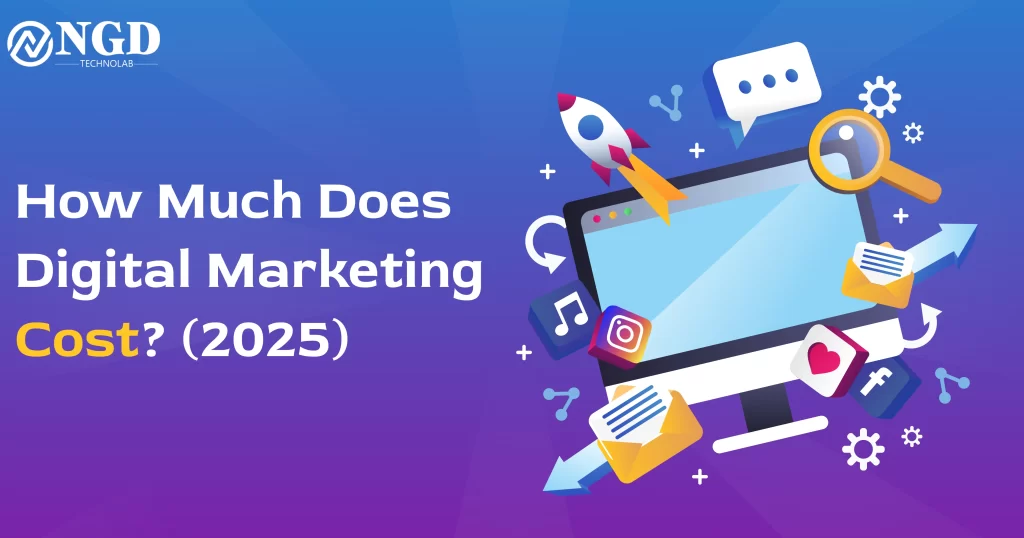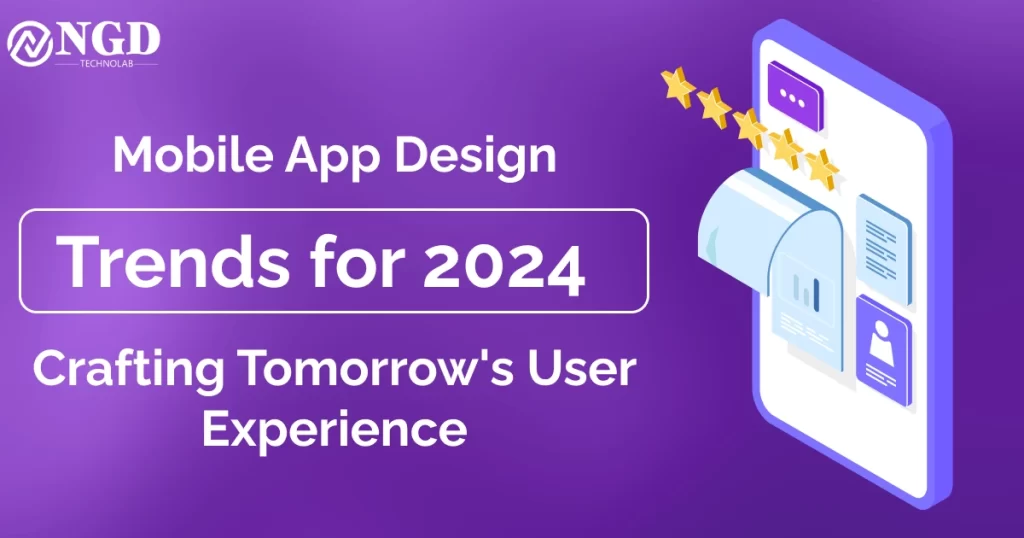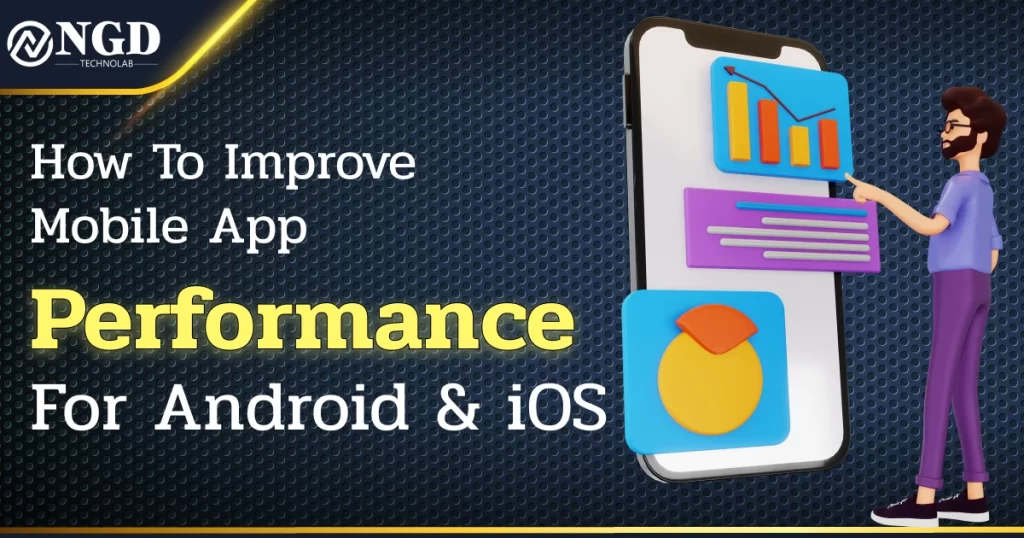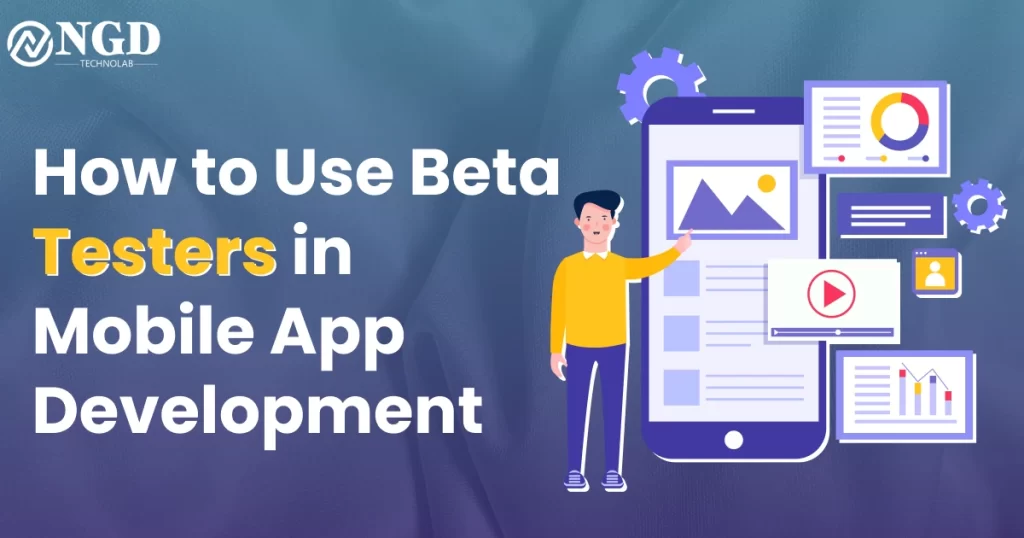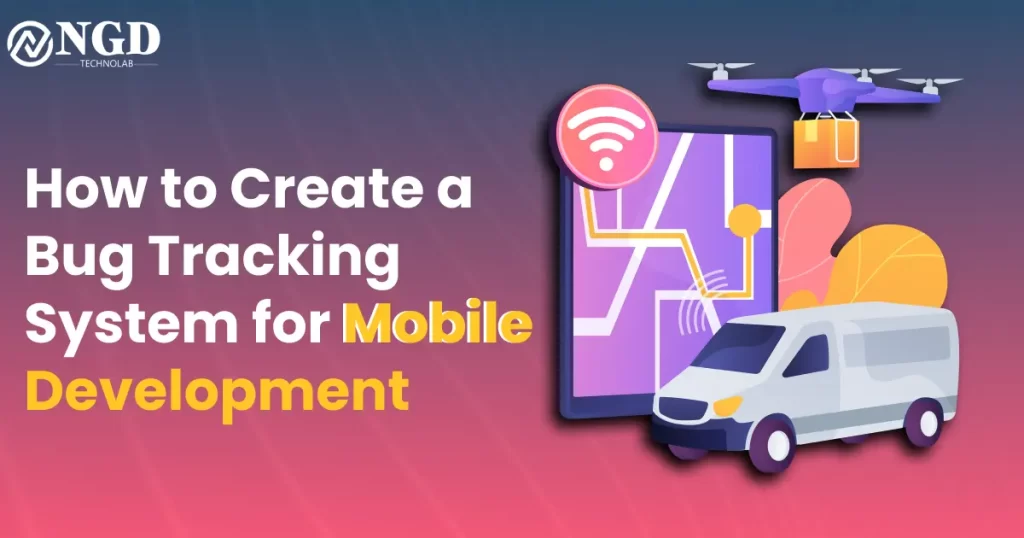How Much Does Digital Marketing Cost? (2025)
How Much Does Digital Marketing Cost? (2025) Harshid Patel Edit Template In the fast-changing world of digital marketing, businesses are always looking for ways to grow online. A common question is: How much does digital marketing cost? This guide breaks down key factors that impact costs in 2025 in a simple and easy-to-understand way. Table of content Add a header to begin generating the table of contents Understanding Digital Marketing Costs The cost of digital marketing depends on many factors. Below, we explore different expenses and how businesses can budget effectively. 1. Key Components of Digital Marketing Costs 1.1 Search Engine Optimization (SEO) SEO helps websites rank on Google and other search engines. Costs depend on competition and optimization needs. Investing in SEO leads to better online visibility. 1.2 Pay-Per-Click (PPC) Advertising PPC ads give immediate visibility. The cost depends on bidding prices, keywords, and target audiences. Platforms like Google Ads and Bing Ads play a major role in PPC marketing. 1.3 Social Media Marketing Social media ads on platforms like Facebook, Instagram, LinkedIn, and TikTok have different costs based on audience size and engagement levels. 1.4 Content Marketing Creating valuable content, such as blogs, videos, and infographics, plays a big role in digital marketing. Content marketing costs include writing, designing, and distributing high-quality content. 1.5 Email Marketing This is an affordable way to reach customers. Costs include email software subscriptions, automation tools, and professional email templates. 2. Factors That Impact Digital Marketing Costs 2.1 Industry & Competition Highly competitive industries often have higher costs for SEO, PPC, and content marketing. Analyzing competitors can help plan a better budget. 2.2 Geographic Targeting Targeting specific regions affects advertising costs. Local campaigns may be more affordable than national or global ones. 2.3 Advertising Platforms Each ad platform, including Google Ads, Facebook Ads, and TikTok Ads, has its pricing model. Choosing the right platform ensures cost-effectiveness. 2.4 Campaign Goals Marketing budgets vary based on goals like brand awareness, lead generation, or direct sales. A clear objective helps in better budget planning. 2.5 Seasonal Trends Digital marketing costs fluctuate throughout the year. Ad campaigns during peak seasons (like holidays) can be more expensive than in off-peak times. 3. Digital Marketing Cost Trends in 2025 More businesses are investing in AI-driven automation, influencer marketing, and voice search optimization. Keeping up with trends helps businesses spend wisely. Also to read:- Bus Ticket Booking App Development: Features, Cost (2025) 4. Cost-Effective Digital Marketing Strategies 4.1 DIY vs. Professional Services Some businesses handle marketing on their own, while others hire agencies. Evaluating skills and resources helps in choosing the right approach. 4.2 Budget Planning Tips Spreading the budget across SEO, PPC, content, and social media marketing ensures balanced spending. 4.3 Performance Tracking & Optimization Monitoring campaign performance, analytics, and audience behavior improves ROI and lowers unnecessary expenses. 5. Case Studies: Digital Marketing Budgets Studying real-life examples of how businesses allocate marketing budgets provides useful insights. 6. Measuring Success & ROI in Digital Marketing Measuring digital marketing results requires tracking website traffic, conversion rates, and customer engagement using analytics tools. Conclusion Planning a digital marketing budget in 2025 requires smart strategies and continuous optimization. Businesses that stay informed about market trends can get better results at lower costs. Frequently Asked Questions 1. What is the average cost of SEO services in 2025? SEO services range from $500 to $5,000 per month, depending on industry competitiveness and website needs. 2. How does geographic targeting affect PPC costs? Local PPC campaigns are usually cheaper than international ones since the audience is more specific. 3. Can businesses market on social media without paid ads? Yes, businesses can grow their reach organically by sharing quality content, interacting with followers, and using SEO techniques. 4. Why is content quality important for digital marketing? High-quality content attracts more readers, improves SEO rankings, and builds trust with the audience. 5. How do businesses measure digital marketing success? Success is tracked using key performance indicators like website traffic, conversions, engagement rates, and return on investment (ROI). Get Free consultation and let us know about your custom web and Mobile App project idea Over 13+ years of work experience, we have built 210+ web and mobile apps We can help you with Dedicated Developer delivering high-quality development Custom Mobile App Development Innovative Solution For Startups and Enterprise Contact Us Edit Template Latest Blogs Explore the Latest Blogs on Trends and Technology. Bus Ticket Booking App Development: Features, Cost (2025) Read More Mobile App Design Trends for 2024: Crafting Tomorrow’s User Experience Read More Dedicated Development Team for Mobile and Web Solutions Read More Edit Template
How Much Does Digital Marketing Cost? (2025) Read More »
